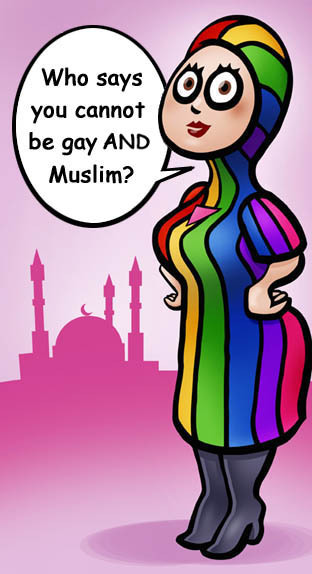 |
| Logo of the Technion – Israel Institute of Technology (Photo credit: Wikipedia) |
The tiny bible will be displayed alongside the Dead Sea Scrolls and the Aleppo Codex, a manuscript of the Jewish bible from 10th century C.E. The Nano Bible is a gold-coated silicon chip smaller than a pinhead. It is 0.04 square millimeters, and 0.00002 millimeters (20 nanometers) deep. The 1.2 million letters of the bible were written using a focused ion beam generator that shot gallium ions onto a gold surface covering a base layer of silicon.
Dr. Ohad Zohar and Professor Uri Sivan of the Technion Physics Department developed the idea, and the engineers of the Technion’s Sara and Moshe Zisapel Nanoelectronics Center were responsible for the manufacturing of the chip and the development of the software that allows the engraving of the letters.
The Israel Museum will also exhibit a documentary on the creation of the Nano Bible and will enable the reading of the biblical text under a microscope.
http://www.jns.org/news-briefs/2015/4/16/worlds-tiniest-bible-to-be-presented-at-israel-museum-for-50th-anniversary




















































